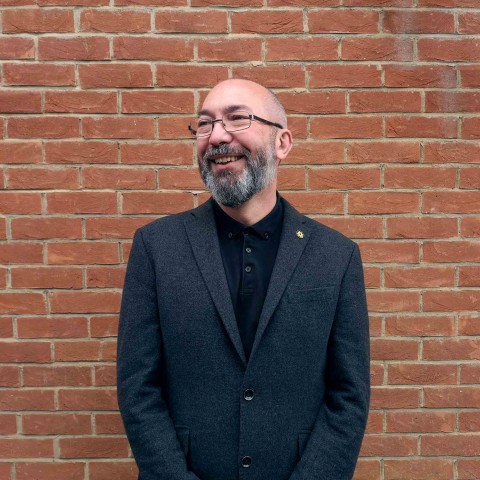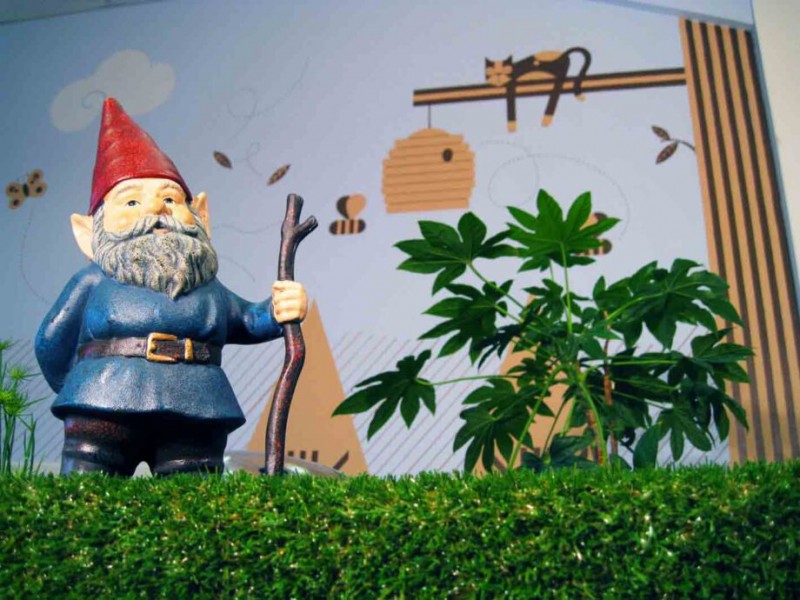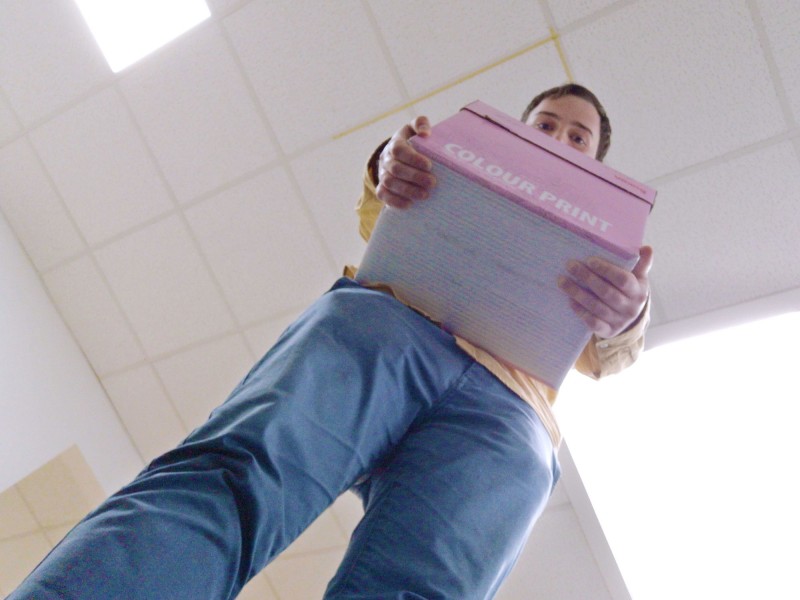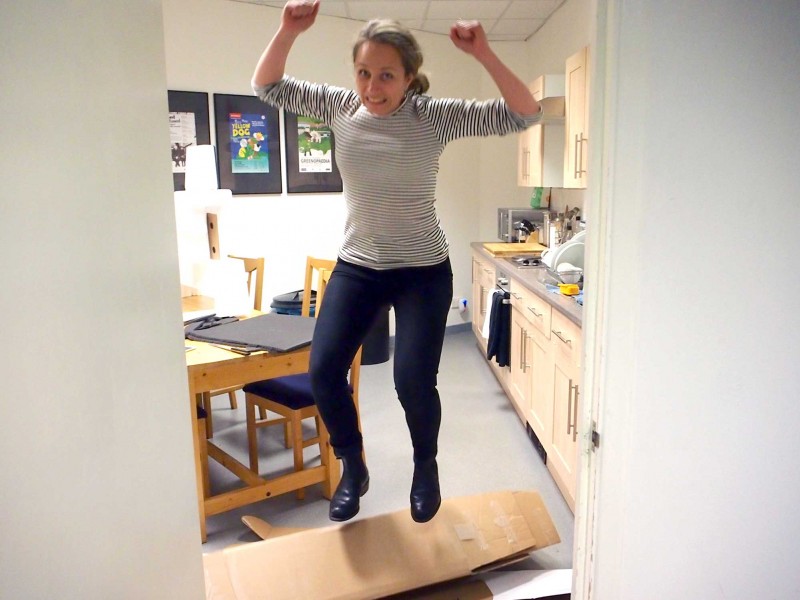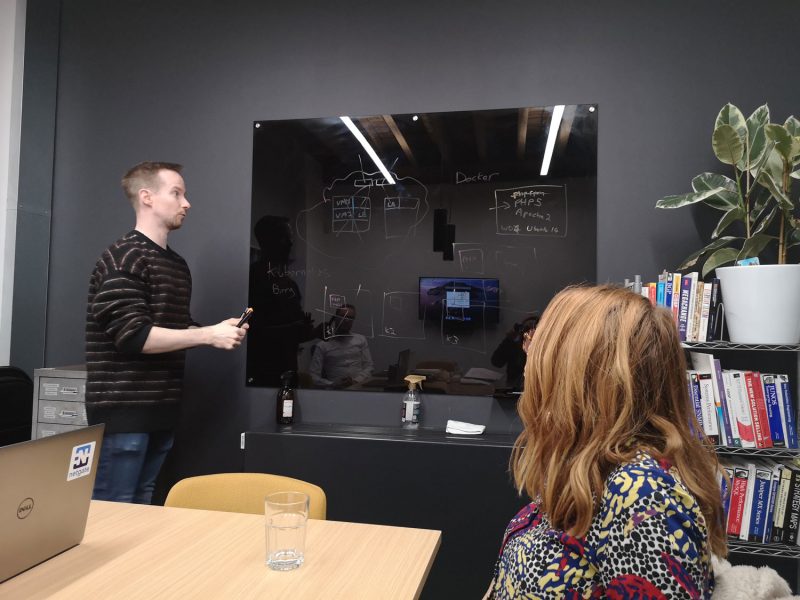More people are asking about our approach to sustainable websites. It’s great that people are asking. We’re happy to share our approach.
Sustainable websites
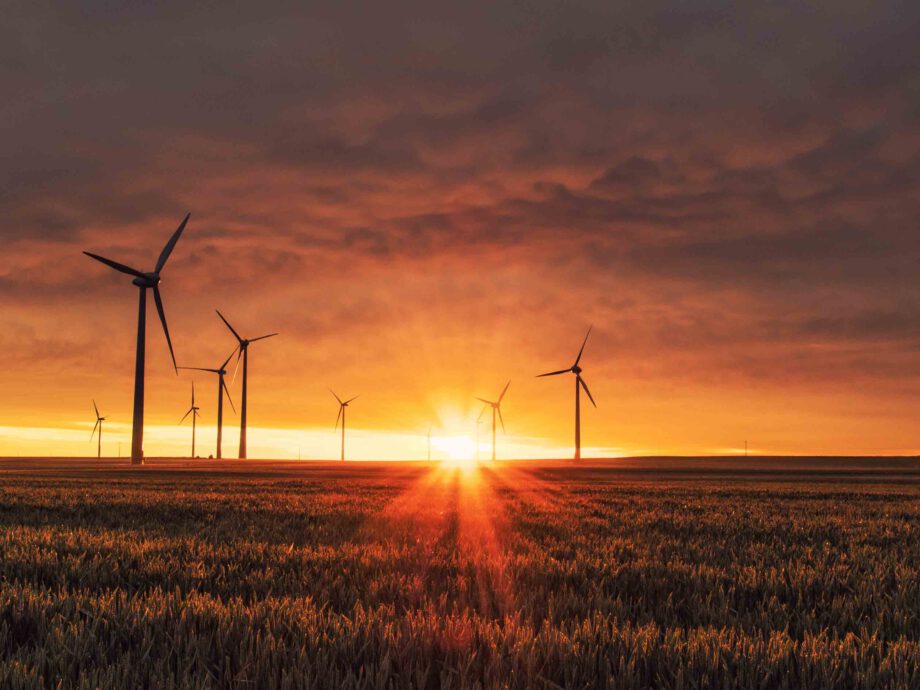
Sustainability has quite rightly found its place in the current cultural landscape. We are finding that more clients want to talk to us about the topic and more procurement people are asking for our credentials.
We are delighted. We’ve had a rigorous approach to sustainability for so long we used to call it our ‘Green policy’.
In our early drafts, the biggest concerns were printing ink and chlorine bleached paper. Now the emphasis has shifted to server farms and data downloads.

The Cog studio
A team effort
Close to home we do what we can to minimise the impact of our studio; maintaining a studio is itself a sustainable option. We recycle, compost and refill; have a ‘public transport first’ policy (our studio is literally on a train platform); and we never take on work that requires us to fly to meetings. We’ve written about these things elsewhere.
But there’s little point in us working in isolation. It takes collaboration. We choose to work with people who share our values and work with us to minimise environmental impact. Sometimes that means awkward conversations with suppliers or tricky pragmatic decision making with clients.
Overall, our approach is focused on minimising energy and investing in companies that help the switch to sustainable energy, over any kind of ‘carbon off-setting’, but we are open to discussing multiple options and approaches.
Website hosting
Websites use energy and server ‘farms’ are huge polluters. Greenpeace estimate that 80% of that power is from fossil fuels. By 2025 they could be responsible for 3.5% of global emissions.
The rapid rise in server consumption has little to do with websites like ours. It is much more to do with the exponential rise in interconnected devices and crypto currencies (Bitcoin consumes more energy than Argentina!). But that shouldn’t stop us doing all we can.

The green walled entrance of the data centre where our sites are hosted
The most important thing we can do is to work with a hosting partner that shares our commitment to using renewable energy in their offices and data centres.
Our website hosting company follows a strict sustainability code, they use 100% renewable energy and don’t even have printers in their offices (to minimise waste).
Our sites are hosted on servers at a data centre that is powered by 100% renewable, non-nuclear energy that they buy from Ecotricity. The data centre uses refrigerant free (ASHRAE 9.9 compliant) EcoCooling units, a fully enclosed cold aisle containment systems, and high efficiency supply and exhaust fans.
It’s an impressive set up that happily sits beside industry leading data security and 24/7 support.
Server updates
It’s also really important to keep server software and operating systems up to date. Updates bring efficiencies (and necessary security patches) so we keep our servers updated with the latest software and patches.

Image: Kevin Grieve, UnSplash
Balanced design
If you’ve ever been on a long train journey, using your phone for a while, you’ll know how much energy you use, and how quickly your phone battery drains. The same is true of your other devices but its easy to forget that while they are plugged in to the mains.
The least impactful site would be a plain text page with no styling but of course that would not be a useful communication tool. So we are always looking for the right balances and compromises.
That approach happily aligns with our desire to work with clean, slim code and pages that load quickly, especially on mobile devices.

Images: Andreas Gucklhorn, UnSplash
Large images and videos
We’re lucky that we work in sectors that steer clear of embedded ads and aggressive tracking software that can quickly ‘bloat’ pages. But our clients do understandably like large images and video, and we often build sites with downloadable content.
So the most sensible things we can do are:
- train our clients in how to compress the files they upload (including files that are then downloaded by their users).
- install extra software that detects the viewing environment and ‘serves’ images at the optimal size.
- work with a third party video host with expertise in compression and streaming at different bit rates to different devices.
Efficiency in data processing
Websites are essentially the front end displays of databases. As you move about a site, or click buttons, the site is gathering, sorting and formatting that data to display it for you. Every action uses energy.
If a website is connected to an external database (like a ticketing system) then it will be ‘calling’ data on a regular basis. We can control how often so we work hard to balance the frequency against our clients needs: it’s inefficient to reload a year’s worth of ticket sales data every few minutes, but if a show is selling fast, it can be useful to refresh that data frequently.
The same is true of any external connection; think how much energy your phone uses when you are navigating via a map-based app, or if you’ve got background refreshing turned on for social media and email.
Any tweaks we can make, to reduce the amount of effort it takes to load a file or a page, will be multiplied across all users so it’s always worth making that effort.
And a happy side-effect of making websites more efficient is that they load quicker and perform better across the board, including for search engines. It’s a win-win.

Image: Nicholas Doherty, UnSplash
Caching
Caching is the process of temporarily storing data on devices so they don’t have to download that data from servers. We build-in that process throughout the journey – caching sites on our severs; storing video on servers local to where users watch them; and providing device caching when people view our sites, so they download images and data less frequently. Again, it’s a balance because we do want people to see new content when it changes.
Measuring efficiency
There are a few online portals that claim to measure the efficiency of websites. We are a little sceptical about that approach and the accuracy of the algorithms (and their data about where a site is hosted). They can be a great short-cut for comparing efficiency savings (or the opposite) over time, as they will measure similar criteria with each test. But trying to calculate the performance of a small company site against the impact of a global ticketing giant’s web presence seems counter productive.
However there are lots of tools you can use to measure the ‘weight’ and load speeds of your site. We can help our clients to set up benchmarks so they can focus on continual efficiencies and improvements.
We’re always interested in new ideas and improved efficiencies. Do drop us a line if you’ve got some great ideas to share.
___
Featured image: Karsten Wurth, UnSplash


